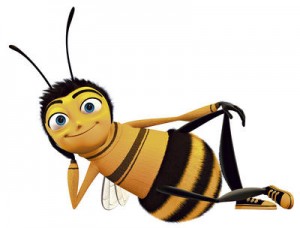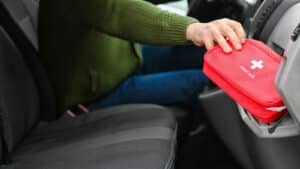 With Summer rolling around, it is always a good idea to refresh your CPR and First Aid skills. This week’s topic is Bee Sting First Aid.
With Summer rolling around, it is always a good idea to refresh your CPR and First Aid skills. This week’s topic is Bee Sting First Aid.
If you or someone you know gets stung by a bee, what do you do? Follow our First Aid steps below:
1.) Check the scene! Get away from the area where you were stung because more bees could be coming. Bees can smell when other bees are in danger and will send in reinforcements.
2.) Remove the stinger right away! (If you have personal protective equipment, use it) Time is of the essence here. It is more important how quickly you remove the stinger, rather than how you remove it. Fingers are OK.
3.) Check if the victim is allergic to bees. If so, they should have an EpiPen and they will know how to use it. If they do not have it with them, call 911 right away. This is important enough to repeat! if they do not have it with them, call 911 right away!
4.) Also call 911 if you see signs of anaphylaxis (hives, shortness of breath, redness, and itching), if someone is stung multiple times, or stung inside the nose, mouth, or throat.
5.) For those that are not allergic, expect pain, redness, swelling and itching at the site. A cold compress can help with the pain.
6.) Pain will usually subside within a day, but swelling can last longer.
Allergic reactions can be life-threatening and it is critical to act quickly. Allergies to stings and bites can get worse over time, so if you are concerned about possible allergic reactions, make sure you ask your doctor! If you have an EpiPen, make sure you check the expiration date – they’re only good for 1 year.
Have a great summer! Bee Safe!










